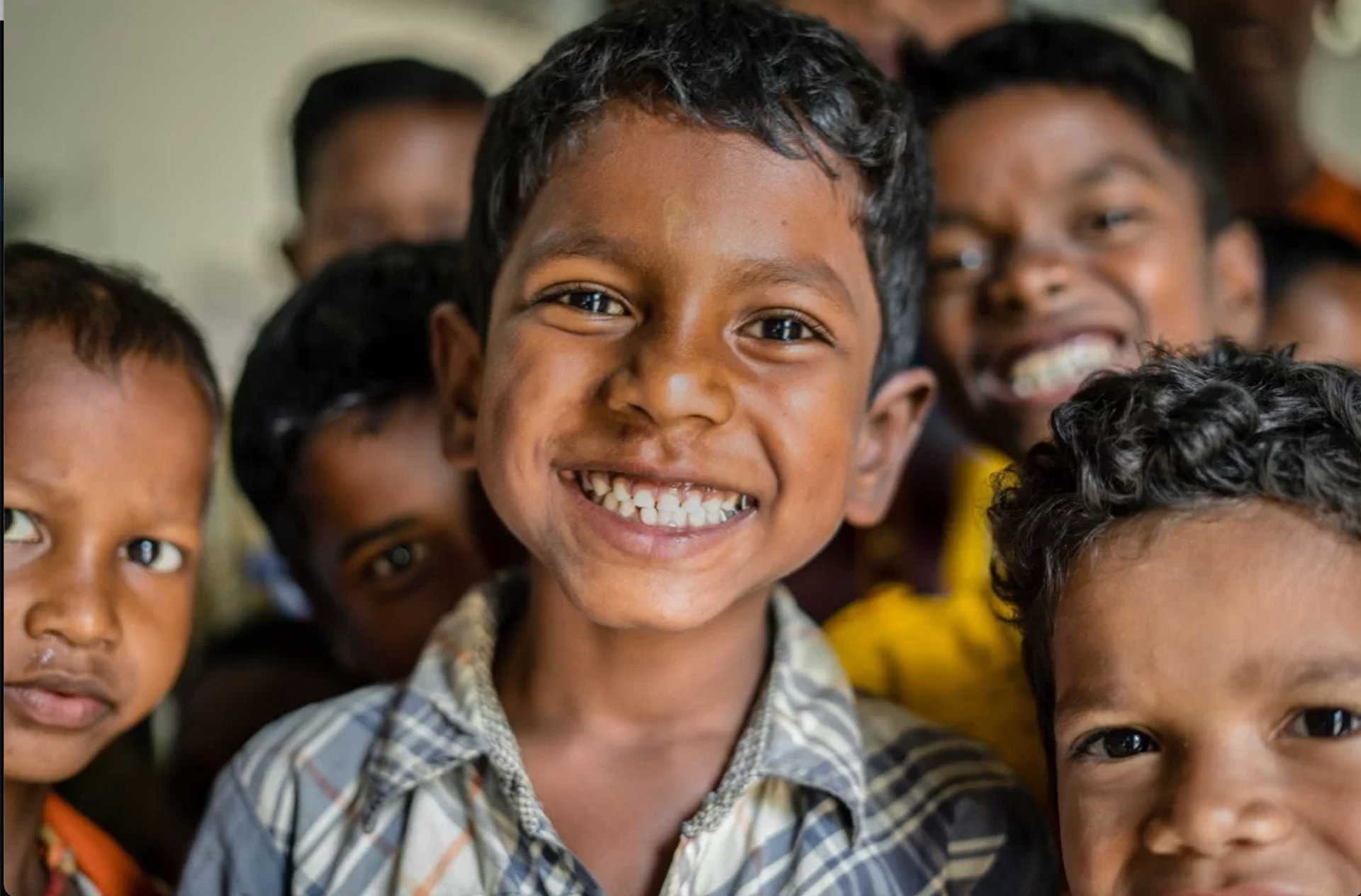You’ve probably heard about all the advancements that the world has witnessed in the past decades, be it on technological breakthroughs, social rights or positive movements towards a sustainable society. You heard leaders from all around the globe preaching these achievements, promising the current generation “a better future for their kids”. But have you ever paused for a second and thought about these last few words? “Better future for their kids”. You pause for a second and look around, to just realize that this world that we are trying to improve for the future generations, has already condemned part of that generation – and their only fault is that they are kids. This post specifically targets child labor – a crime which, to date, has not yet been abolished. What is child labor exactly? The International Labor Organization (ILO) defines child labor as any activity that physically, mentally and/or morally abuses children, depriving them from their right to own their childhood. We’ve seen that despite some positive developments towards the beginning of the decade, the average number of hours worked by children aged 7-14 have spiked again towards the later years. This is true for both working only, and working & studying children. There is also no difference on the gender levels – both females and males have seen an increase in the average number of hours worked in recent years. Looking more granularly at the country distribution, we can spot that, indeed, a lot of positive development has happened across the world. But positive development is unfortunately not enough, when there is still one child out there deprived from his/her childhood. To be able to gain a better insight into what drives child labor, we look at a country-level comparison, where we contrast mature markets with almost nil child labor levels to countries in a more developing stage. As a case study, we look at Turkey and Egypt (both with huge populations and large economies) vs. France, Germany and the UK. The first metric we look at is women employment; indeed, in the countries where women’s participation to the labor force is higher, child labor is lower. Second, we look at birth rates: in the countries where birth rates were much higher, child labor was definitely more prevalent. Makes sense, no? The higher the number of mouths to feed, the higher the income needed! We also look at the levels healthcare spending in these countries – needless to say, the charts speak for themselves. Child labor is directly related to the household’s overall financial and well-being state. In countries where healthcare is expensive, unreliable or simply unattainable, the likelihood for falling sick is higher, putting the responsibility of feeding a household on the youngsters of the latter.We strive for a better world for the next generation, while completely ignoring the current one. How can we build a better future for children, if we are building it on the backs of children?
The road to fighting child labor

0 Comments